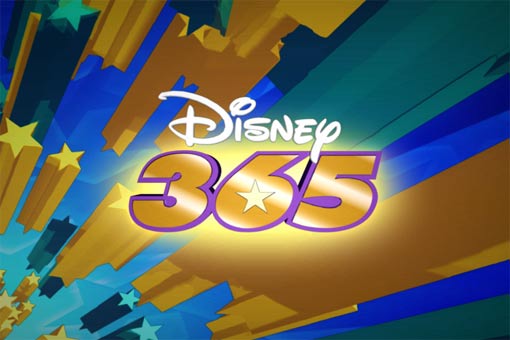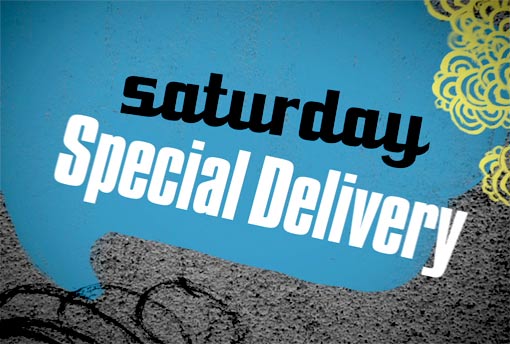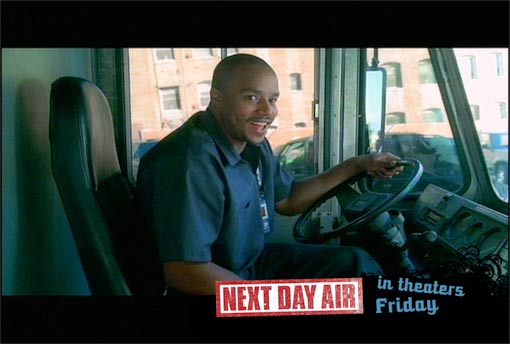The Un-Commercial Works for Broadcast and Online
Disney Promos
“It is a thin line,” says Roman Perez, a principal and supervising producer at M3 Television, an early player in interstitials. Their first client was the Disney Channel, which is commercial-free, but since the typical half-hour show only lasts 22 minutes, programmers have eight extra minutes. Disney uses the time to promote its own films, theme parks and DVDs. M3 has produced several series of interstitial programming to fill that void. “The trick is to come up with a way to promote different aspects of the Disney realm but in such a way that it’s not classified as a commercial,” he says. “It’s not selling a product, per se; it’s brand marketing.”

Disney’s interstitials, dubbed “Disney 365,” can run longer than most – up to two minutes-plus – but quick cutting compresses them perceptually. They also strive for a grainy, ENG-type effect, shooting to a Sony HDW-F900 HDCAM in 1080i. “Disney likes the interlaced look ‘ it gives the interstitials an immediacy,” says Perez.
Sound design plays a big part in setting up the scene for the message. “Disney always opens with a graphic and music with very familiar elements,” says Perez, such as the Tinkerbell-like sparkle that marks many of the scene transitions in the interstitial for the show Wizards of Waverly Place. “The kids know it’s coming as soon they hear it.”
The sound design elements come from M3’s own library, and music is pulled from among the several libraries Disney has licenses for. “The main thing the audio has to do is grab the viewer,” says Perez. “We use it to move the pace along, to get in and get out and leave the message.”
An audio editor in one of M3’s six offline edit bays does a rough mix to picture that is sent to the client for approval. Then an OMF file of the mix is transferred to Keep Me Posted, a post production facility in the same building, where it’s mixed in stereo and exported as AIFF files for layback in Final Cut Pro. So far, 5.1 surround has been rare in interstitials; Perez says the company has done a few in that format for interstitial promos for HBO specials. “Disney has an HD channel but they have not asked for 5.1 as yet, but we can do it whenever they’re ready.” he says.

The audio can get pretty dense when one interstitial is used for a cross-promotional spot, such as the Saturday Special Delivery ‘stitial M3 did for Comedy Central sponsored by the film Next Day Air, which mixed scenes and sound from the movie with patter from the host reeling off the titles for the upcoming weekend movie marathon. It underscores another difference between conventional commercials and interstitials: “They’re more like product placements in a way,” says Perez, a former Entertainment Tonight producer. “It’s subtle ‘ it’s inviting you to a party rather than selling you on a movie.”

On The Web
The broadcast interstitial’s counterpart on the Internet is referred to as in-stream advertising. Some of the jargon is different ‘ broadcast’s “lower third” is a “ticker” on line and broadcast’s network ID “bug” moves to the upper left side of the computer screen but keeps the same terminology. However, the intent is the same: get a brand or a product across to viewers as a layer atop whatever content they have chosen to watch and elicit interest, not annoyance.
Kory Burke, senior manager of business development at EyeWonder in Atlanta, which creates both in-stream ads and the technology to insert them and track response, says the company is predicated on the growing trend over the last couple of years that has content developed for television moving to the web. However, while the content was created with a typical TV viewer in mind, the advertising cannot follow that same route. “The viewer has to be given the option of control over the in-stream content,” he says.
For example, during a program in which actor Dominic Purcell discusses Prison Break 3, a bug floats into view promoting an episode of American Idol. It will slowly fade away, either by the viewer clicking the close button, or on its own after several seconds. If the viewer clicks on the bug, a more conventional type of 30-second commercial takes over the entire screen. This too can be terminated at any time by clicking, or it will fade several seconds after the content plays out. In any event, viewers are sent back to the Purcell interview exactly where they left off. The ticker works similarly.
EyeWonder’s non-linear in-stream content builder is AdWonder, a rich-media authoring platform based, like much of the Internet’s animated graphics, on Adobe’s Flash. (Microsoft’s SilverLight player, which is trying for market share in the in-stream advertising space, is also compatible with Flash.) EyeWonder will ingest either content elements or a completed spot and encode for six streaming bit rates ‘ 56 kb, 135 kb, 300 kb, 450 kb and 600 kb ‘ to cover the broad range of bandwidth in use. Audio is generally encoded in the MP3 format.
‘We’ll program a bug to float for five to 15 seconds before it disappears, but the length of the content once it’s clicked on can be whatever the advertiser wants,” says Burke, who noted one commercial was actually a 40-minute music concert.
The interstitial spot on television is a linear experience whose art lies in getting the message across precisely and quickly. The expectation is that a generally captive audience won’t pull the TiVo trigger because the program and commercial content seem so intertwined. The online iteration of the concept offers viewers control, but each spot must be adapted for what could be hundreds of different types of website demographics. Both will become more prevalent in an advertising environment that has to be increasingly quick on the draw.
Sections: Creativity Technology
Topics: Feature Project/Case study
Did you enjoy this article? Sign up to receive the StudioDaily Fix eletter containing the latest stories, including news, videos, interviews, reviews and more.
Leave a Reply